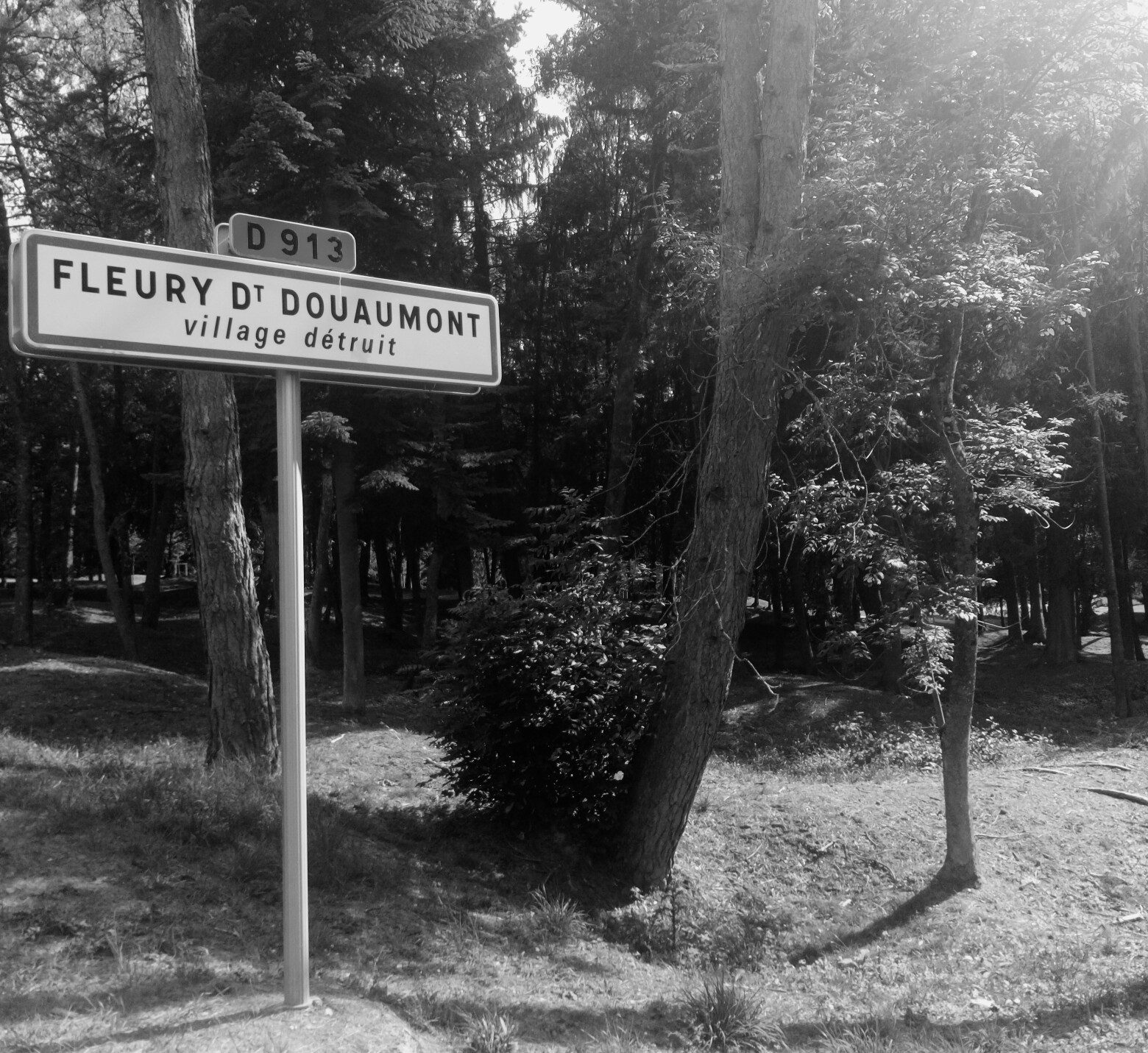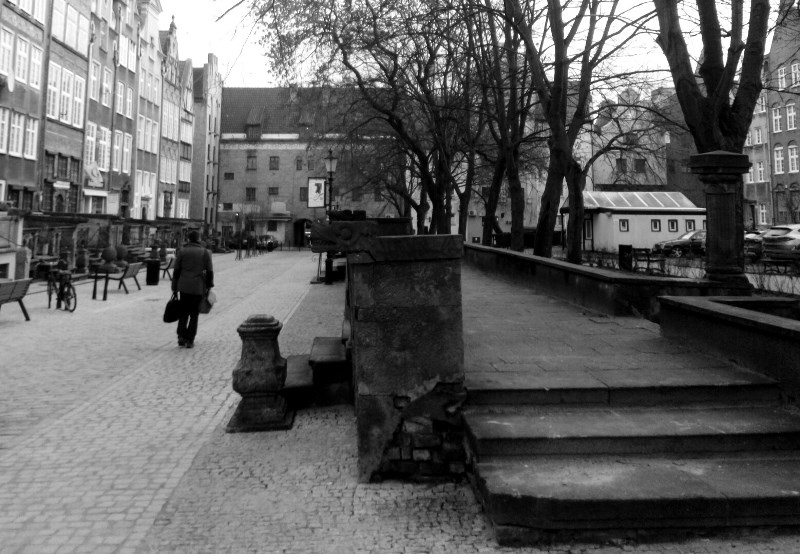Dispatches from Olsztyn: Olga Tokarczuk’s Chair
/By Marcel Krueger:
This year Marcel has been selected as the official writer in residence of Olsztyn in Poland by the German Culture Forum for Eastern Europe and until September he is living there, observing, taking part in cultural activities organised by local partners the City of Olsztyn and the Borussia Foundation, and of course writing about the city. You can find regular posts over on the official writer in residence blog in German, Englisch and Polish (thanks to his official translator a.k.a. Marcel’s Polish voice Barbara Sapala). But he has also been writing some irregular dispatches from Olsztyn for the Elsewhere blog:
In an interview with the Calvert Journal last year, writer Olga Tokarczuk expressed her shock about the age of the furniture that she discovered on an old Scottish estate where she stayed for a writers’ scholarship, some of it dating back as far as the 16th century. “We don’t have such a stable reality,” she said. “Poland is in the central corridor of Europe.”
This is a notion I concur with, living on an island. While Ireland has and had its fair share of violence and tragedy over the centuries, it often feels as if more objects and places have been given longevity, by fate or coincidence. On my street in Dundalk I have the bell tower of a Franciscan abbey built around 1240 AD, and the last time the building has seen targeted violence was around 1315 AD, when invading Scots under Edward the Bruce burned it and killed 23 monks. There are Victorian post boxes strewn around town that were erected in the second half of the 19th century and are still in use, the royal insignia clearly visible under the Republican green paint applied after 1921. There are plenty of hundred-year old tables and chairs still in use in households across town that are not in a museum.
It is different in Olsztyn. Here the tragedies and invasions feel more numerous, the past more unstable. Last week I walked around Park Jakubowo with radio journalist Alicja Kulik, and we talked about melancholy and what Olga Tokarczuk said in the interview. For me, the park provided an almost perfect cross section of the horrors that have visited the city, and I didn’t have to go back to the Middle Ages to find them. The park was first established in 1862 as part of the expansion of Olsztyn from a small provincial town to one of the main cities of the area thanks to Prussian railways and army barracks, and over the following years saw the erection of a panorama restaurant, a dance hall and tennis courts.
Today it is a pleasant place to wander around in, with a small lake, playgrounds and tall trees providing shade in summer – the oldest tree here is an oak tree, 28 metres high. But even here the currents of history are visible, mostly through the buildings and memorials. The large green area across the street from the park used to be a Protestant cemetery that was closed in 1973 and turned into a park. The small neo-Gothic red-brick chapel that stands there was built in 1904 and is today the Orthodox Church of the Protection of the Mother of God. Right next to it is the memorial to Bogumił Linka (1865 -1920), a social and nationalist activist who campaigned for Warmia and Olsztyn to join the newly created Poland at the Versailles conference, and who was killed by a German militia during the 1920 East Prussian plebiscite. The memorial was created by sculptress Balbina Świtycz-Widacka and erected in 1975. Maybe fittingly so: back across the road, in 1928 the citizens of Allenstein erected the so-called Abstimmungsdenkmal, the memorial to the result of the plebiscite where the majority of the inhabitants voted for remaining in East Prussia and the German Reich. Together with a similar memorial in Malbork and the Tannenbergdenkmal Olsztynek it was one of the main nationalist memorial sites in East Prussia.
Across the street from it is a remainder of what extreme nationalism can result in: here lie those killed by the Nazis. Some of the people buried here were patients of the sanatorium in Kortau (location of the university today) and killed by the Nazis as part of their euthanasia programme, some were killed in sub-camps of the concentration camps across East Prussia. The remaining patients, staff and refugees that had gathered at Kortau were massacred in 1945 by the Red Army.
Back in the park, the Abstimmungsdenkmal was replaced by another memorial in 1972, a monumental slab commemorating the ‚Warmian-Masurian Heroes of the National and Social Liberation‘ created by local sculptor Bolesław Marschall. Down the road from the park, at the end of nearby Sybiraków street is a memorial to those Poles taken to work at the GULAG and forced labour camps all across the Soviet Union. It lists the places the people were sent to, among them Sverdlovsk in the Urals (Yekaterinburg today), where my granny was also sent from her farm on the outskirts of town.
All these tragedies and horrors, and some people always trying to claim them for political gains. But I think there is a better use for the past and what it leaves from the people that were here before us. As Alicja and I continued on through the park, we walked past one of the playgrounds were a group of young children were playing noisily, the sun was shining and the park was beautiful. We stopped next to what looked like an old unused fountain, a stone bowl now empty of water but still looking beautiful. Alicja said that ‘maybe this is our version of Olga Tokarczuk’s chair’, and I think she was right. This then, perhaps, is a better way to look at the past. Regardless of who created it, we should be able to share the good things, without jealousy and hatred. A German or Jewish or Polish or Russian sculptor might have created the fountain, but I don’t know if this is relevant. It’s a beautiful old fountain in a nice park.










